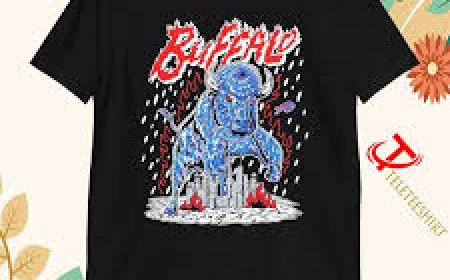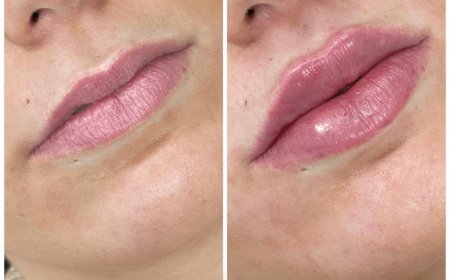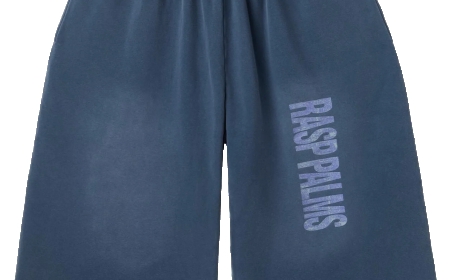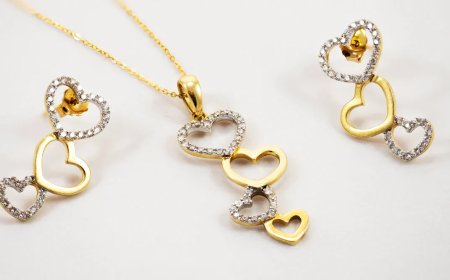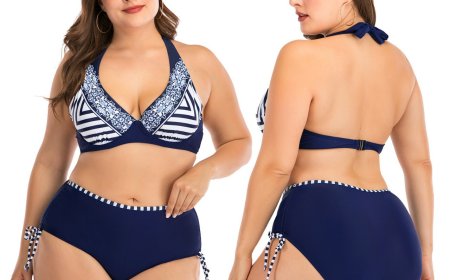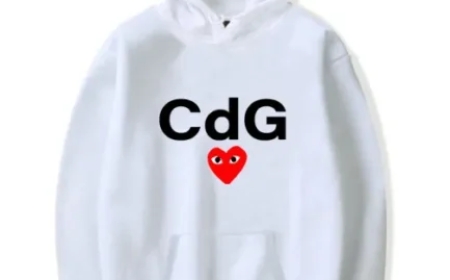Inside the Ice: Exploring the Chilling World of Cold Culture
Inside the Ice: Exploring the Chilling World of Cold Culture
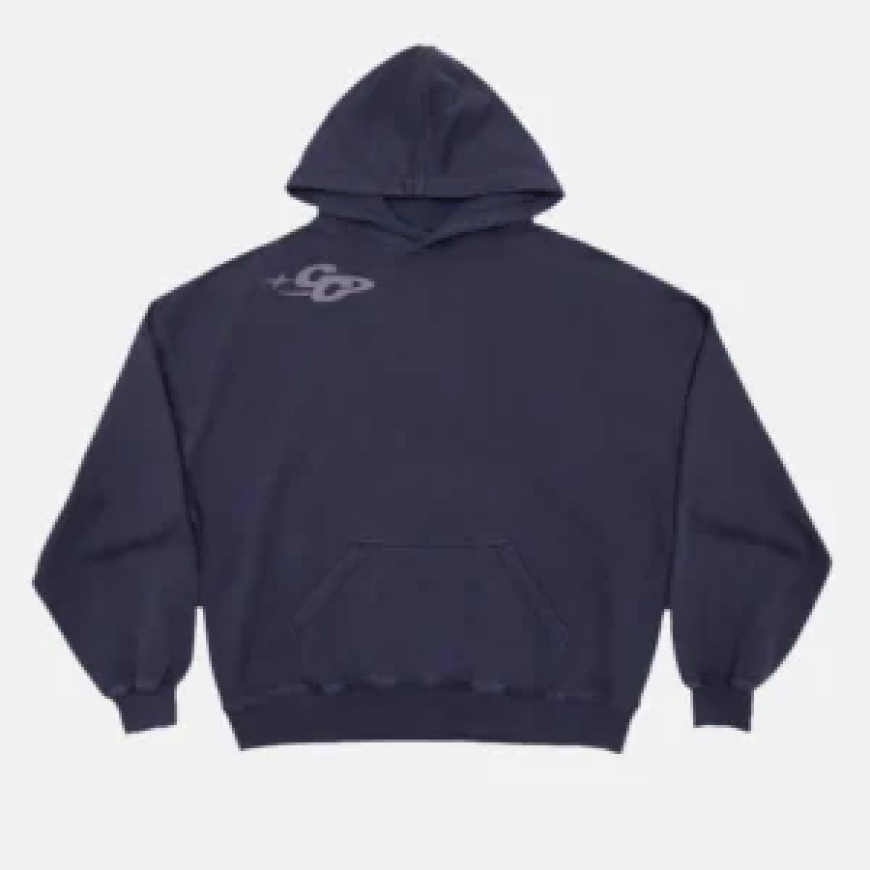
The Rise of Cold Culture in the Modern Age
In recent years, cold culture has transcended simple fascination and evolved into a complex lifestyle phenomenon that merges science, wellness, performance, and art. Rooted in ancient traditions and invigorated by contemporary innovation, the global embrace of cold has sparked a new wave of interest in practices that revolve around ice, snow, and all things frigid.
From elite athletes plunging into freezing baths to artists crafting ephemeral sculptures out of ice, this cultural shift is not just aestheticit is experiential, therapeutic, and transformative. As we dissect the components of this cold-centric movement, it becomes evident that cold culture is no fleeting trend. It is a deliberate and meaningful response to the overstimulated heat of modern living.
Cryotherapy and the Science of the Chill
One of the most scientifically compelling aspects of cold culture is cryotherapythe practice of exposing the body to extremely low temperatures for short periods. Once reserved for professional athletes, it has now been adopted widely by biohackers, wellness enthusiasts, and rehabilitation centers around the world.
Cryotherapy chambers, often cooled to below -100C (-148F), trigger physiological responses that include:
-
Increased endorphin release
-
Enhanced muscle recovery
-
Boosted metabolism
-
Reduced inflammation
-
Strengthened immune response
Studies have shown that brief exposure to intense cold can stimulate brown fat activity, a type of fat that burns energy to produce heat. This contributes to fat loss and improved insulin sensitivity. Cryotherapy has also been associated with better mental clarity and elevated mood, reinforcing its place in mental health and wellness protocols.
Cold Plunges and Ice Baths: A Ritual Reborn
Whereas cryotherapy is high-tech, the practice of cold plunging or ice bathing is elemental. Dating back to Nordic and Japanese traditions, immersion in icy water has always been linked to resilience, discipline, and purification.
Today, cold plunges have become a cornerstone of performance optimization. Often paired with saunas or contrast hydrotherapy, the benefits include:
-
Enhanced circulation
-
Nervous system recalibration
-
Faster physical recovery
-
Improved sleep cycles
High-profile figures like Wim Hof, the "Iceman," have popularized this through breathing methods and endurance feats that appear superhuman. His scientifically backed techniques reveal how breathwork combined with cold exposure can control the autonomic nervous systema previously believed impossibility.
Arctic Aesthetics: The Art of Cold in Design and Fashion
Cold culture extends beyond health and science into aesthetic realmsparticularly fashion, interior design, and fine arts.
In fashion, icy hues, faux fur, technical outerwear, and thermo-regulating fabrics dominate winter collections. Designers are not just showcasing winterwear; theyre emphasizing the raw power and elegance of coldness. Shades of glacier blue, storm grey, and polar white have come to symbolize clarity, luxury, and minimalism.
In architecture and design, cold culture manifests through:
-
Monochrome color palettes
-
Geometric lines inspired by icicles and snowdrifts
-
Use of natural materials like stone, glass, and steel
In art, ice sculpting festivals from Harbin, China to Sapporo, Japan, celebrate the ephemeral beauty of frozen media, blending craftsmanship with the impermanence of nature.
Cultural Symbolism and the Psychology of Ice
Cold has long carried symbolic weight in literature, mythology, and psychology. From Norse frost giants to the Arctic landscapes of Jack London's tales, ice represents not only danger and desolation but also solitude, clarity, and renewal.
In modern psychological frameworks, cold exposure can mirror emotional resilience and mental purification. There is an undeniable sense of discipline and stoicism tied to enduring the coldboth literal and metaphorical.
Philosophically, this aligns with minimalist lifestyles, where cold symbolizes reduction, focus, and detachment from sensory overload. In a world thats always "on," cold provides stillness.
Cold Culture and Digital Detox
In a hyper-digital world, cold has ironically become a tool for unplugging and reconnecting with the body. Cold plunges are now common in wellness retreats that emphasize digital detox. These experiences are curated to help individuals escape the noise of modern life and reconnect with their primal selves.
Mountain lodges, ice hotels, and winter treks are curated not just for adventure but for resetting ones internal rhythms. The cold acts as a catalyst for introspection and heightened presencetraits often eroded by screen time and overstimulation.
The Eco-Ethos of Cold Living
Cold culture isnt just about personal healthits intertwined with environmental awareness. As the Arctic and Antarctic ice caps melt, global cold culture has taken on a climate-conscious narrative. Advocates stress the urgency of preserving these natural wonders, tying their preservation to human well-being.
Ice-themed art installations and events are often used to raise climate change awareness, drawing direct lines between vanishing glaciers and global warming. In this sense, embracing cold becomes a form of activism, urging societies to respect and protect fragile ecosystems.
The Future of Cold Culture
Looking ahead, the world of cold culture is only expanding. With advances in cold-adaptive technologies, sustainable winter architecture, and performance gear, humans are becoming more integrated with cold environments in intentional and sustainable ways.
Emerging areas include:
-
Cold-based longevity research
-
AI-driven cryotherapy and performance monitoring
-
Smart apparel that adapts to thermal needs
-
Virtual reality cold simulations for mental training
The cultural fascination with the cold is no longer niche. It is a full-spectrum movement, influencing how we live, heal, dress, think, and connect with the planet.https://www.sanantonionews360.com/






